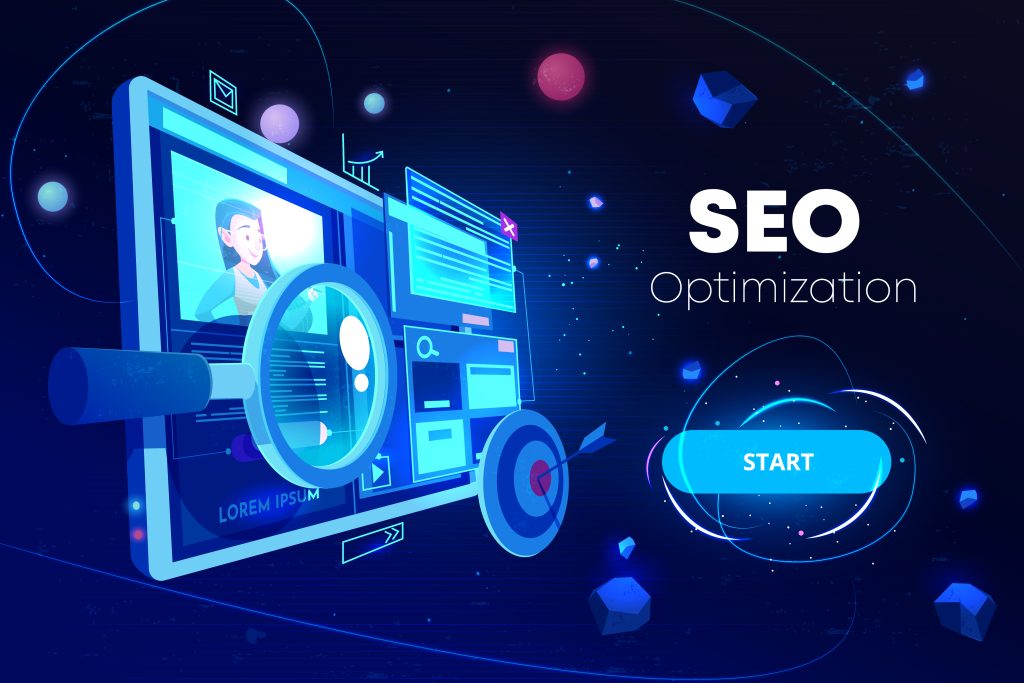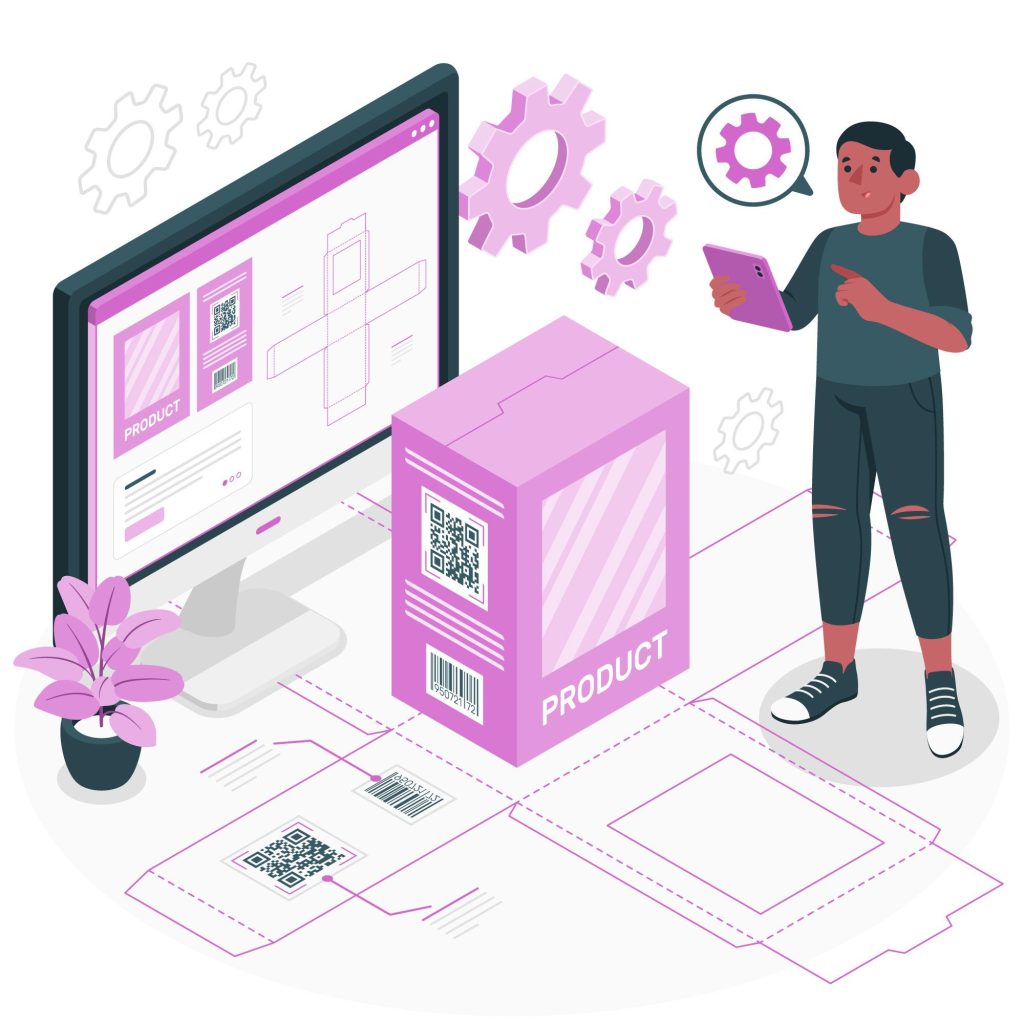
In the ever-evolving landscape of digital business, affiliate marketing remains a steadfast pathway to generating income — yet manny still overlook the foundational principles that unlock its true potential. “Unlocking Profits: A fresh Look at Affiliate Marketing Basics” invites readers to revisit adn reimagine the core strategies behind this dynamic model. By stripping away the noise and focusing on essential tactics, this article aims to shed new light on how affiliate marketing can serve as a reliable and rewarding avenue for both newcomers and seasoned marketers alike. Whether you’re just starting out or seeking to refine your approach, understanding these fundamentals opens the door to lasting success in the digital marketplace.
Understanding the Core Principles of Affiliate Marketing
At the heart of every successful affiliate marketing campaign lies a set of foundational principles that govern how value and trust are exchanged between brands, affiliates, and consumers. Openness and authenticity are paramount; affiliates must provide genuine recommendations rather than simply chasing commissions. This not only fosters long-term relationships but also enhances the credibility of both the product and the affiliate. Moreover, understanding the customer’s journey — from awareness to purchase — enables affiliates to tailor content that resonates deeply, making their promotional efforts more effective and less intrusive.
Another core aspect involves the strategic balance between traffic generation and conversion optimization. Affiliates aim to attract qualified visitors, but the real success comes from converting those visits into tangible actions, such as sales or sign-ups. This requires continuous testing of campaigns, tracking performance metrics, and refining tactics. Here’s a quick overview:
- Traffic Sources: SEO, Paid Ads, Social Media, Email Marketing
- Conversion Elements: Call-to-Actions, Landing pages, Offers, Trust Signals
- Performance Metrics: Click-Through Rate, Conversion Rate, Average Order value
| Principle | Focus | Benefit |
|---|---|---|
| Transparency | Clear Dialogue | Builds Trust |
| Authenticity | Genuine Content | Strengthens Brand Affinity |
| Optimization | Continuous Testing | Improves Conversion Rates |
Choosing the Right Partners for Maximized Revenue
Maximizing revenue in affiliate marketing starts wiht aligning your business goals with partners who not only share your vision but also complement your niche. Rather of chasing the highest commission rates, focus on the quality and authenticity of the partnership. Look for affiliates who demonstrate strong audience engagement and have a proven track record of driving meaningful conversions. A symbiotic relationship where both parties bring value will ultimately yield long-term profit rather than short-lived spikes.
Consider the following criteria when evaluating potential affiliates:
- Audience Alignment: Are their followers interested in your product or service?
- Content Quality: Do they create valuable, trustworthy content?
- Payment Transparency: Are the commission terms clear and fair?
- Communication & Support: How responsive and collaborative are they?
| Partner Attribute | Impact on Revenue | Example |
|---|---|---|
| Audience Engagement | High – More Clicks and Conversions | Consistent Social Media Interaction |
| Content Quality | Medium – Trust Builds Repeat Sales | In-depth Product Reviews |
| Payment Transparency | Low – Fosters Trust, Reduces Disputes | Clear Commission Schedules |
| Communication | Medium – Smooth Operations | Timely Feedback Loops |
Crafting Compelling Content That Drives Conversions
Effective affiliate marketing hinges on the ability to convey value in a way that resonates with your audience. It’s not just about listing product features; it’s about weaving a narrative that connects benefits directly to a consumer’s needs and desires. Authenticity and clarity in your messaging help build trust, which, in turn, fosters higher engagement and boosts conversion rates. Think of your content as a bridge — guiding potential customers from curiosity to confident purchase decisions by addressing their pain points and showcasing real solutions.
To truly elevate your content, focus on incorporating these elements:
- Compelling headlines that capture attention and promise value.
- Clear calls-to-action that guide readers toward the next step seamlessly.
- Visual storytelling with supporting images or videos to reinforce your message.
- Social proof such as testimonials or reviews to mitigate buyer hesitation.
| Content Elements | Conversion Impact | Why It Works |
|---|---|---|
| Personalized Experiences | High | Builds Relatable Connections and Trust. |
| Strong CTAs | Very High | Directs User Behavior Towards Conversion. |
| Storytelling | Medium | Creates Emotional Engagement. |
| Visuals & Media | High | Enhances Understanding and Retention. |
Leveraging Data Analytics to Optimize Affiliate Campaigns
Mastering the art of affiliate marketing requires more than just intuition; it hinges on the intelligent dissection of data patterns. By tapping into robust data analytics tools, marketers can unravel which elements of their campaigns resonate most with their audience. This involves meticulous tracking of clicks, conversions, and user behaviors, allowing marketers to pivot their strategies dynamically. The process often highlights hidden opportunities — like underperforming keywords that may benefit from tweaking or audience segments primed for targeted messaging. Data-driven decisions empower affiliates to allocate budgets more effectively, optimize content, and enhance overall ROI.
- Identifying high-converting channels and affiliates
- Segmenting audiences based on engagement and demographics
- Adjusting commission structures aligned with performance data
- Testing creatives and landing pages for improved user experience
Visualizing campaign performance through clear metrics can transform complex data into actionable insights. Consider the following simplified overview, which demonstrates how key performance indicators (KPIs) should be monitored and cross-analyzed to drive campaign refinement:
| Metric | Description | Optimization Tip |
|---|---|---|
| Click-Through Rate (CTR) | Percentage of Users Clicking Affiliate Links | Test Different Call-to-actions to Improve Engagement |
| Conversion Rate | Users Completing the Desired Action Post-click | Refine Landing Pages to Minimize Drop-off |
| Average Order Value (AOV) | Revenue Generated Per Transaction | Promote Upsells or Bundles to Increase Sales |
| Cost Per Acquisition (CPA) | Cost Spent to Acquire One Customer | Focus Ad Spend on Channels With Lower CPA |
Final Thoughts…
As the digital landscape continues to evolve, revisiting the fundamentals of affiliate marketing reveals timeless strategies blended with fresh opportunities. By unlocking the core principles and approaching them with a renewed viewpoint, both newcomers and seasoned marketers can navigate the path to profitability with greater confidence. Remember, success in affiliate marketing is less about shortcuts and more about building genuine connections,understanding your audience, and staying adaptable. With these basics firmly in grasp, the door to unlocking lasting profits stands wide open.









 In the fast-evolving digital landscape, social media has emerged as both a canvas and a catalyst for brands seeking to expand their reach and resonate with audiences worldwide. Unlocking growth through social media marketing is no longer a matter of chance — it is indeed an art perfected by creative intuition and a science grounded in data-driven strategies. This intricate blend of storytelling and analytics transforms platforms into powerful engines of connection, engagement, and ultimately, business success. As we explore the art and science behind social media marketing, we uncover the essential principles and innovative practices that turn mere presence into meaningful growth.
In the fast-evolving digital landscape, social media has emerged as both a canvas and a catalyst for brands seeking to expand their reach and resonate with audiences worldwide. Unlocking growth through social media marketing is no longer a matter of chance — it is indeed an art perfected by creative intuition and a science grounded in data-driven strategies. This intricate blend of storytelling and analytics transforms platforms into powerful engines of connection, engagement, and ultimately, business success. As we explore the art and science behind social media marketing, we uncover the essential principles and innovative practices that turn mere presence into meaningful growth.